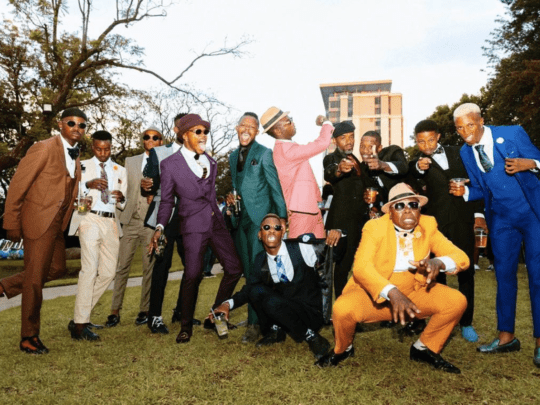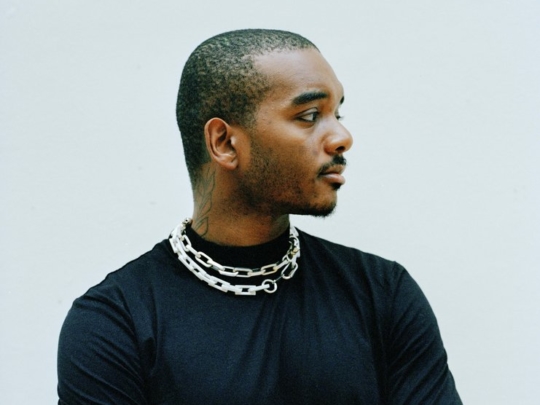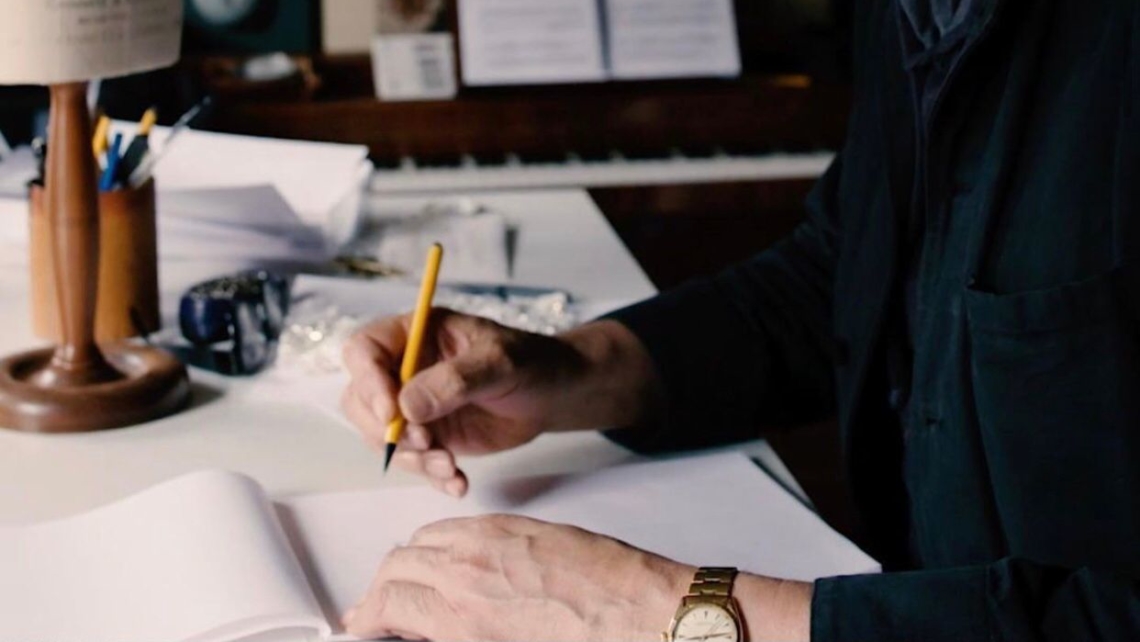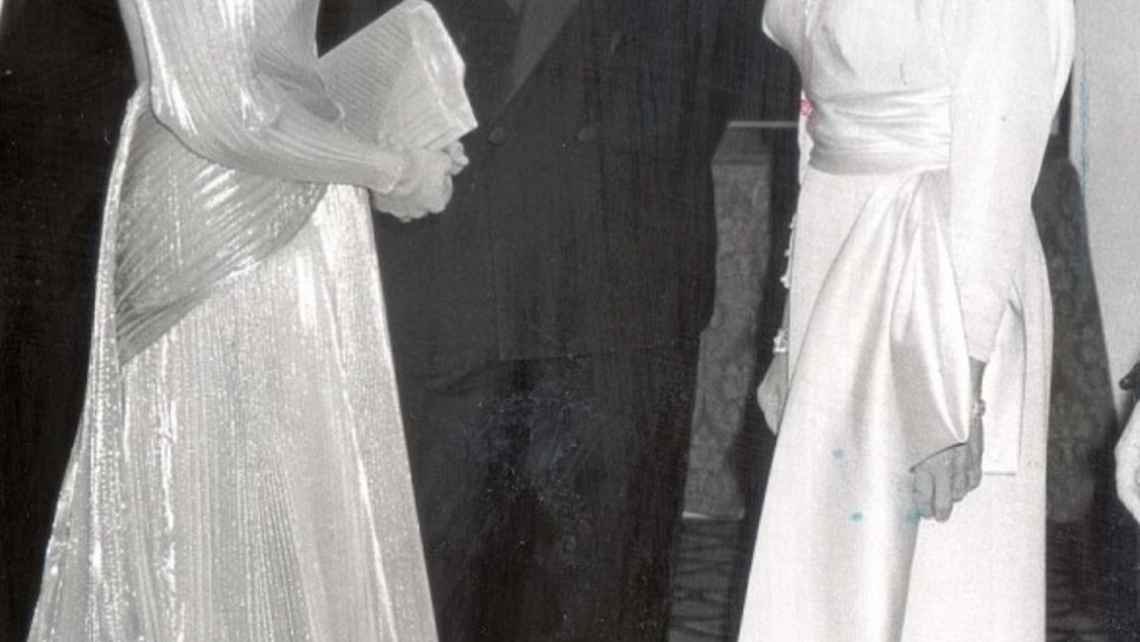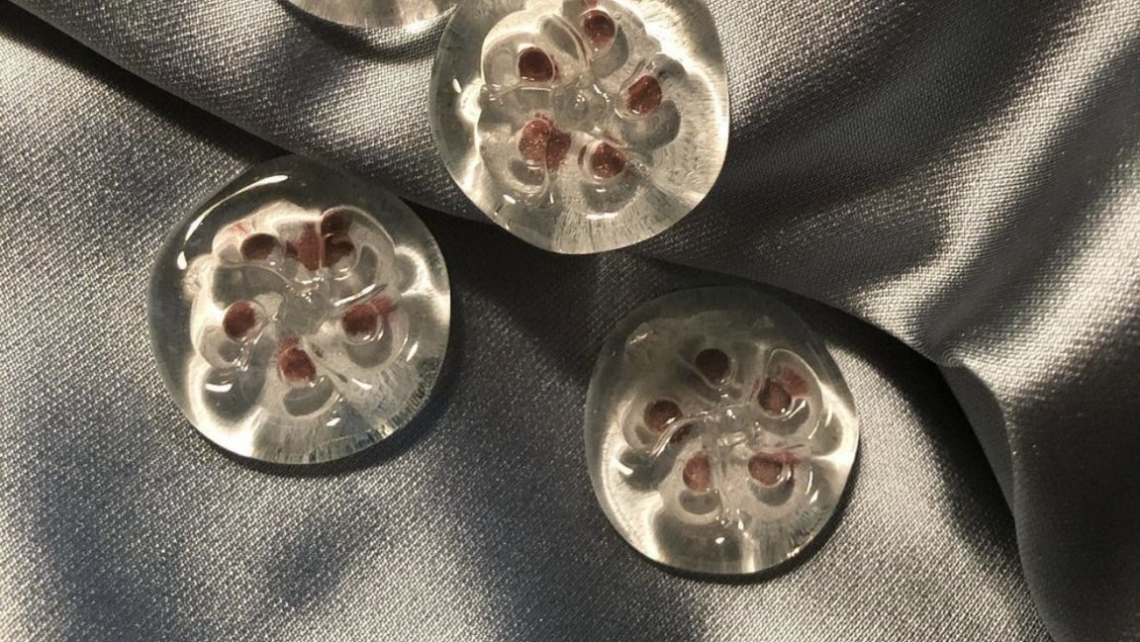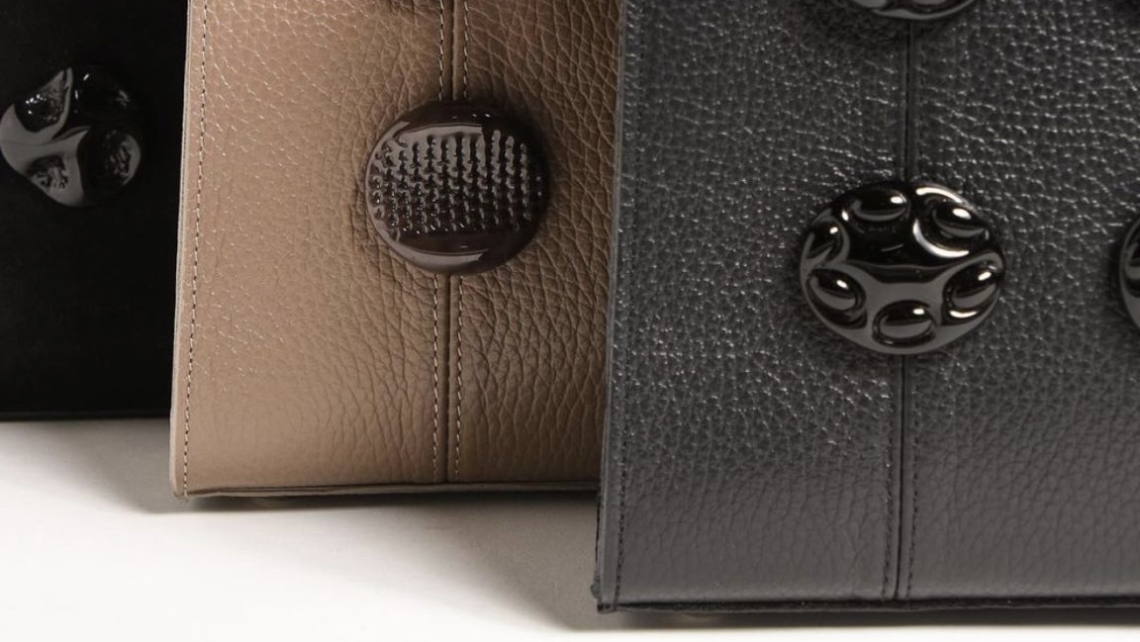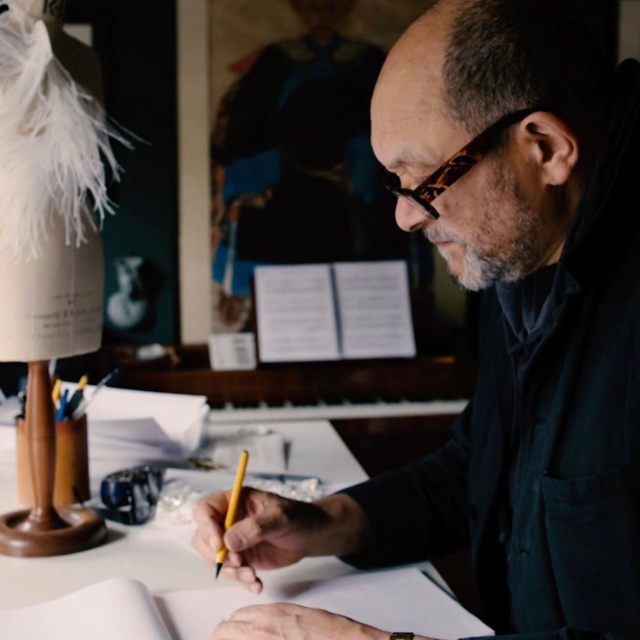It’s not every day that you have the privilege of being wedged into a pair of trousers by one of Britain’s most celebrated fashion designers. I’m standing in Bruce Oldfield’s pristine bathroom, surrounded by Oldfield himself, his assistant Sophie and his adorable Border Terrier Boo. “Hmm, it needs to be a little higher,” remarks the designer, as he fiddles with the waistband of the sumptuous black satin trousers. They feel divine. He stands back to look for himself. “They do look rather lovely!”
Oldfield’s career path is one remarkable story. He’s dressed some of the world’s most celebrated women – most notably Princess Diana. And yet consider his origins: at birth, he was taken to the children’s charity Barnardo’s and placed in foster care until the age of 13, subsequently moving to another children’s home until he turned 18. He grew up with a plethora of foster siblings. His foster mother, a seamstress, sparked his interest in fashion design. “None of my foster siblings were interested in clothing, so it was just me,” he reflects.
Now, more than half a century on and still working as a couturier aged 71, Oldfield has ventured into accessories. It started with a single bag, which then grew into a collection. He leads the way to a large table fitted with a beflowered desk perpendicular to a walled sea of multi-coloured fabric swatches. On the table are a selection of delicately constructed leather handbags. “I’ve never designed accessories or bags before but I really like it – that’s a cute one, isn’t it?” He picks up a red bow-shaped patent suede bag. “I like making things.”

